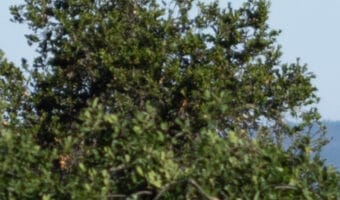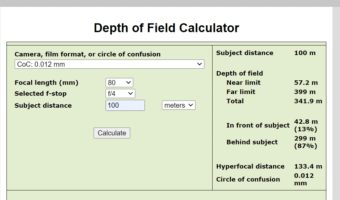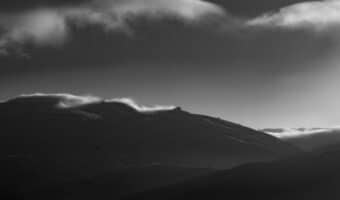In this article, there is the following statement: How precise are tables and depth of field calculators? Usually most tables pretend to have a precision that is neither available nor sensible in reality. That is partly because the values calculated in the tables are based on the arbitrary specification of a limit value (acceptable circle… [Read More]
FF and MF DOF compared visually
A couple of days ago I posted visual examples of what various circle of confusion diameters (hereafter called CoCs) looked like at somewhat greater than 100% magnification with the 80 mm f/1.7 Fuji GF lens on the GFX 100S. That was in response to repeated discussion on some fora saying that the DOF calculators don’t… [Read More]
DOF calculators and pixel peeking, 80/1.7 on GFX 100S
Ever since the GFX cameras first shipped, there has been a vocal minority claiming that DOF calculators don’t work with them, and that they have far less DOF that the calculators say. I have steadfastly maintained that thinking is wrong, and results from misuse of the DOF calculators, specifically picking an inappropriate circle of confusion… [Read More]
Photoshop content-aware fill for spotting
Most of the time, I use either Lightroom’s cloning tool for dealing with dust on the sensor. If I want more control, I use the Photoshop clone stamp tool. But neither does a good job with smooth gradients. Yesterday I was editing this image: There were some dust spots in the sky. Because of the… [Read More]
Three dimensionality and sensor format
A conventional photograph, whether seen on a screen or printed, is two-dimensional. Yet some photographs appear to capture a sense of depth. There are several things that can affect this. Chromostereopsis Spherical aberration Perspective effects But the effect is not well understood, and there is much more heat than light when this topic arises in… [Read More]
- « Previous Page
- 1
- …
- 25
- 26
- 27
- 28
- 29
- …
- 385
- Next Page »




